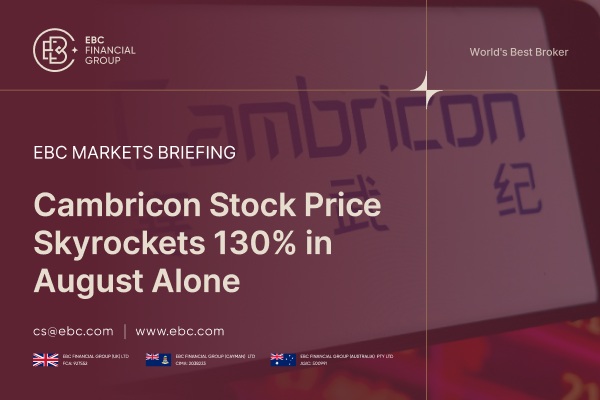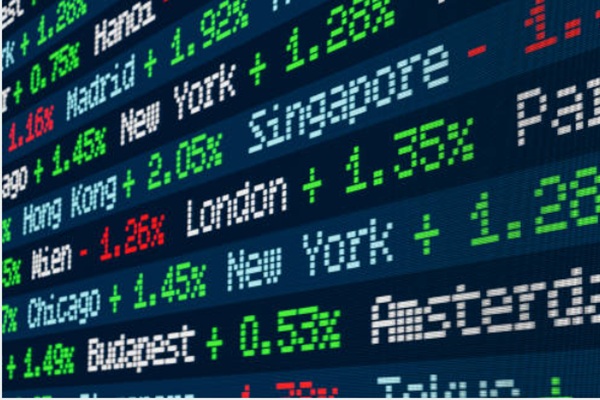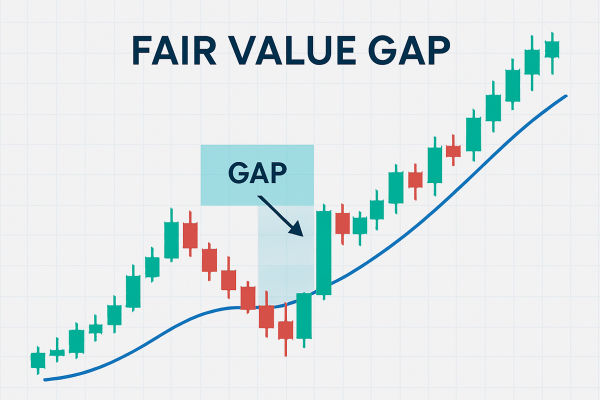In forex trading, real offers and simulated offers are two
commonly used trading methods.
Real trading refers to the real trading environment where you use your own
funds to engage in the real trading of forex. This means that you
need to first open a real forex Trading Account, deposit a certain
amount of funds into it, and then conduct actual trading operations through the
trading platform. Real trading is real, so you will bear the real trading risks
and may gain profits or suffer losses. Real trading allows you to truly
experience the volatility and risks of the forex market, helping you
become a more experienced trader.
Solid transactions are mostly conducted in US dollars. When people deposit
money through bank cards, the system will automatically convert RMB into US
dollars, and the exchange rate for each forex platform is
different.
Simulated trading is a simulated trading environment, also known as virtual
trading. You can conduct simulated trading by opening a simulated account, which
will provide virtual funds for you to conduct trading operations. Simulated
trading usually uses the same trading platform as real trading, but the
transactions you make will not truly affect the market, nor will there be real
capital gains and losses. The purpose of simulated trading is to enable you to
conduct simulated trading operations without actual funds in order to
familiarize yourself with the functions and operations of the trading platform
and to practice your trading strategies and skills. In simulated trading, you
can try different trading strategies, observe market fluctuations, and
understand trading changes and risks without worrying about actual capital
losses.
Virtual trading is also conducted in US dollars, but this money is not really
fake funds, so everyone doesn't feel distressed when trading. Virtual trading is
all fake, so the platform will not throw orders into the market. Note: There may
be differences in the prices of simulated and actual offers on some
platforms.
Both real and simulated trading have their own advantages and uses in forex trading. Real trading allows investors to truly experience market
fluctuations and risks and obtain true trading results and profits. Simulated
trading allows investors to practice and test in a risk-free environment,
familiarize themselves with the operation of trading platforms, try different
trading strategies, and improve trading skills and confidence.
Disclaimer: This material is for general information purposes only and is not intended as (and should not be considered to be) financial, investment or other advice on which reliance should be placed. No opinion given in the material constitutes a recommendation by EBC or the author that any particular investment, security, transaction or investment strategy is suitable for any specific person.






